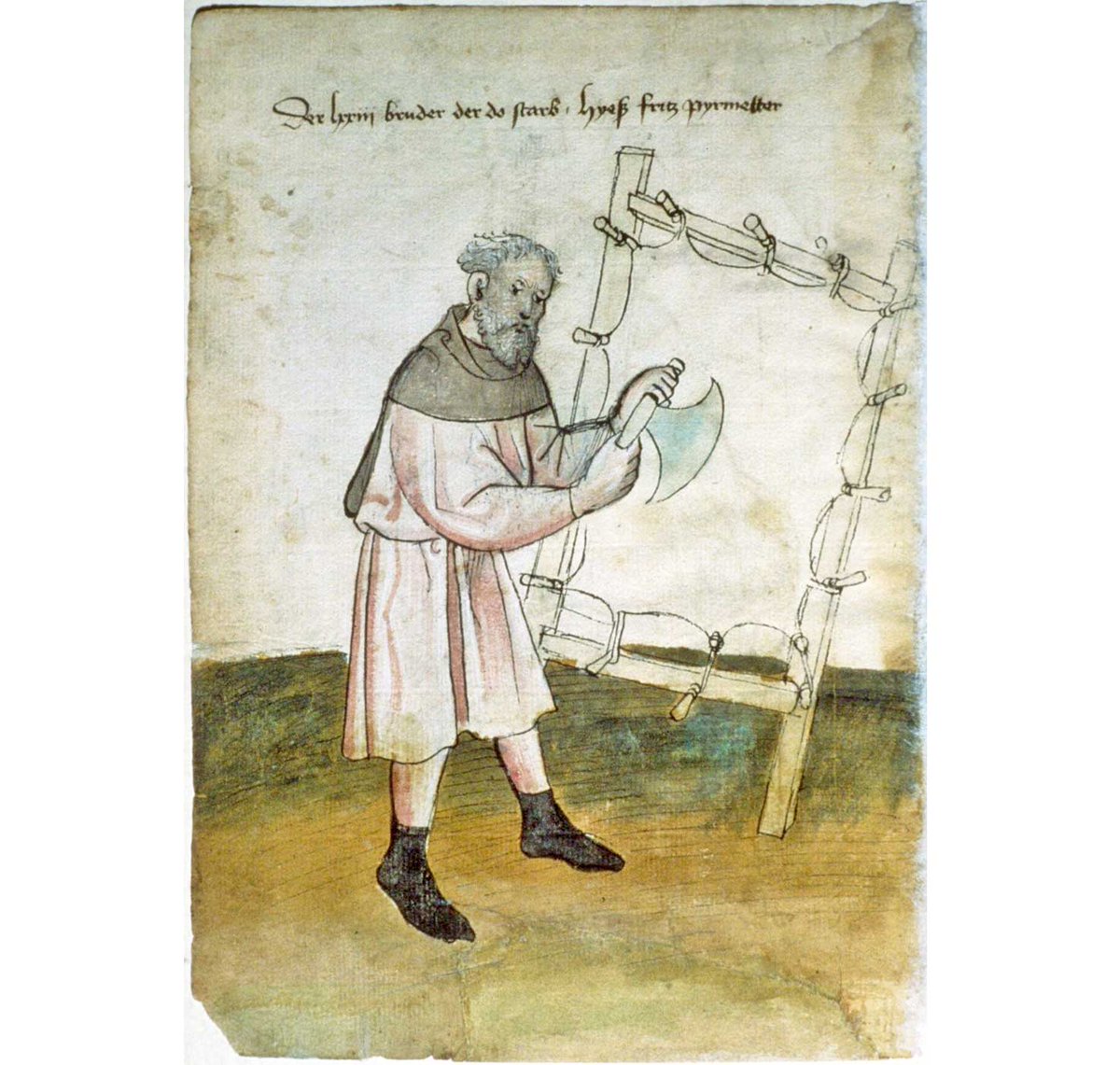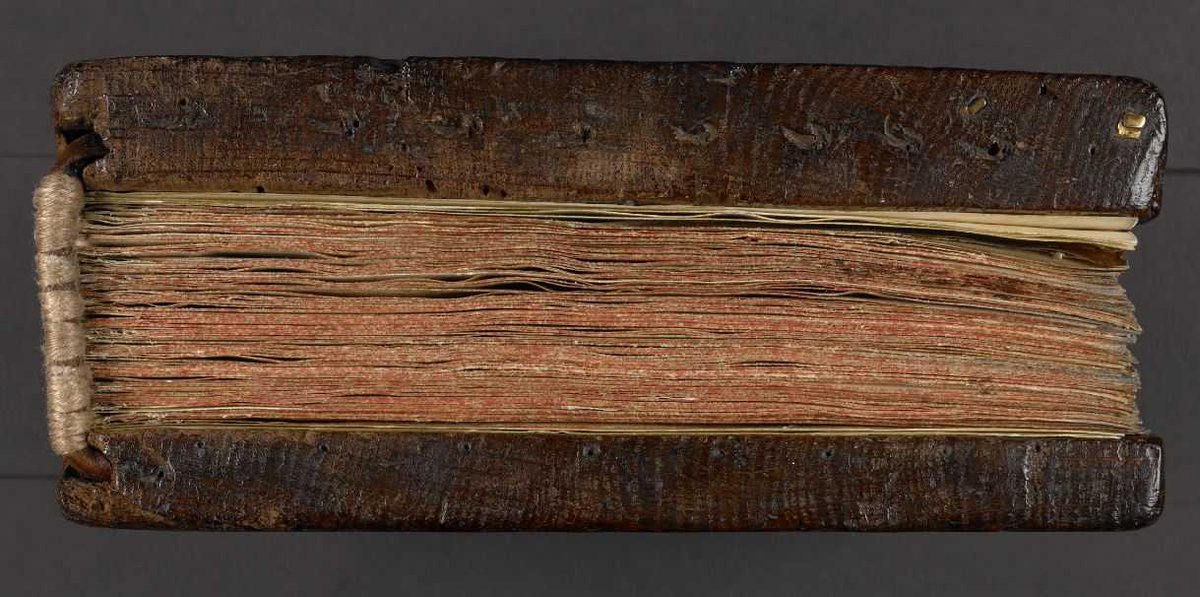
THE CHINESE JESUS
A set of thirty Chinese Christian prints showing scenes from the Life of Jesus, likely printed at the Zikawei press in Shanghai, at the end of the 19th century. These posters were intended for use in missionary schools to promote teachings from the Bible. 1/

A set of thirty Chinese Christian prints showing scenes from the Life of Jesus, likely printed at the Zikawei press in Shanghai, at the end of the 19th century. These posters were intended for use in missionary schools to promote teachings from the Bible. 1/


Six of the posters - two examples are shown here - have inset vignettes showing Chinese people as part of the biblical scene or associated tales. 2/ 



The remaining 24 posters depict scenes from Jesus’s life and ministry with Chinese subtitles. Generally all the figures, Jesus included, have clearly Chinese features. 3/ 



At right, Jesus Feeds the Five Thousand (Matthew 14:13-21; Mark 6:30-44; Luke 9:10-17; John 6:1-15). 4/ 



The Society of Jesus established a mission complex at the village of Xujiahui [Zikawei] outside of Shanghai in 1847. It encompassed schools, a printing press, and a substantial library, eventually holding over 200 000 volumes. 5/ 



It is unclear whether this is a complete set or not, but 30 seems a reasonable number and the scenes range throughout Christ’s life and teachings. 6/ 



• • •
Missing some Tweet in this thread? You can try to
force a refresh
















